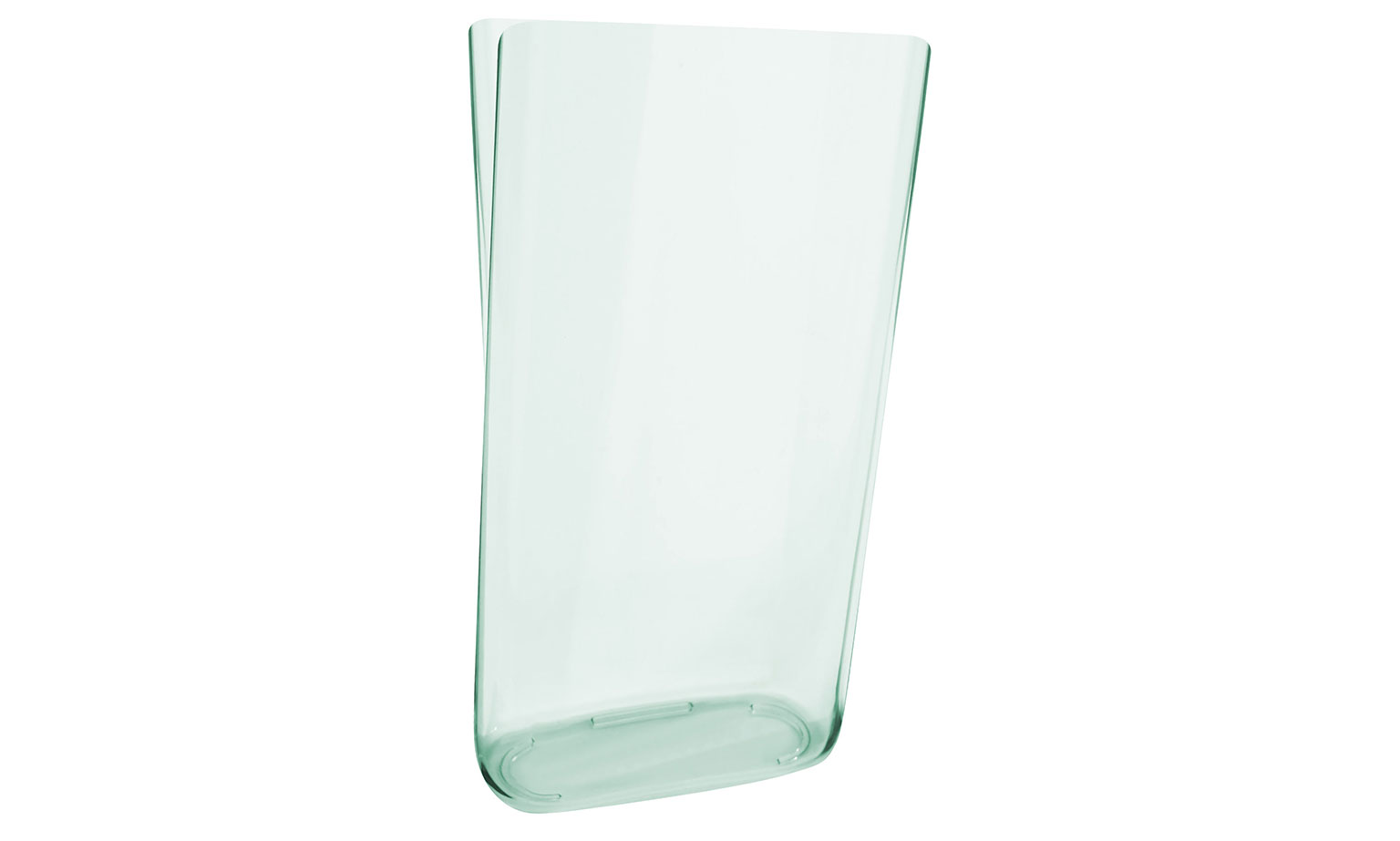The polypropylene group is a family of thermoplastic polymers that is useful in a wide variety of industries and applications. It is one of the most versatile plastics we offer, with its range of properties making it one of our most popular choices. In general, the polypropylene family is popular due to its low reactivity, high melting point, and durability. It does not react with water, detergents, acids, or bases, and can withstand temperatures up to 160 degrees! Each of the individual types we offer has their own unique properties and benefits.
Every type of Polypropylene is a resin. This means these polymers can be used in blow moulding and injection moulding, film, sheet, extrusion, fibre, and thermoforming, Polypropylene is commonly used largely in various forms of containers and packaging, from food and medical usages, to creating the wrapping for toys and phones.
-
Polypropylene Homopolymer, or PPHP is the most commonly used form of Polypropylene. It is a very strong and stiff, and its chemical resistance makes it very useful for the creation of structures that need to be able to resist corrosion. It is most useful for its durability and resistance at low temperatures. -
Polypropylene Copolymer, or PPCP, is usually used for its characteristic strength. It is tougher and more durable than PPHP and has good stress crack resistance. These properties do mean that it is slightly softer than PPHP, however. -
Polypropylene Random Copolymer, or PPRP, is usually used for its greater clarity and transparency. Because of this, they are usually used in blow moulding, injection moulding, for food or medical packaging. It is still rigid with good durability at low temperatures and is also a good cost-effective choice for polypropylene. It has a lower melting point than some of the other forms of polypropylene however, possessing a melting point of around 132 degrees Celsius.




